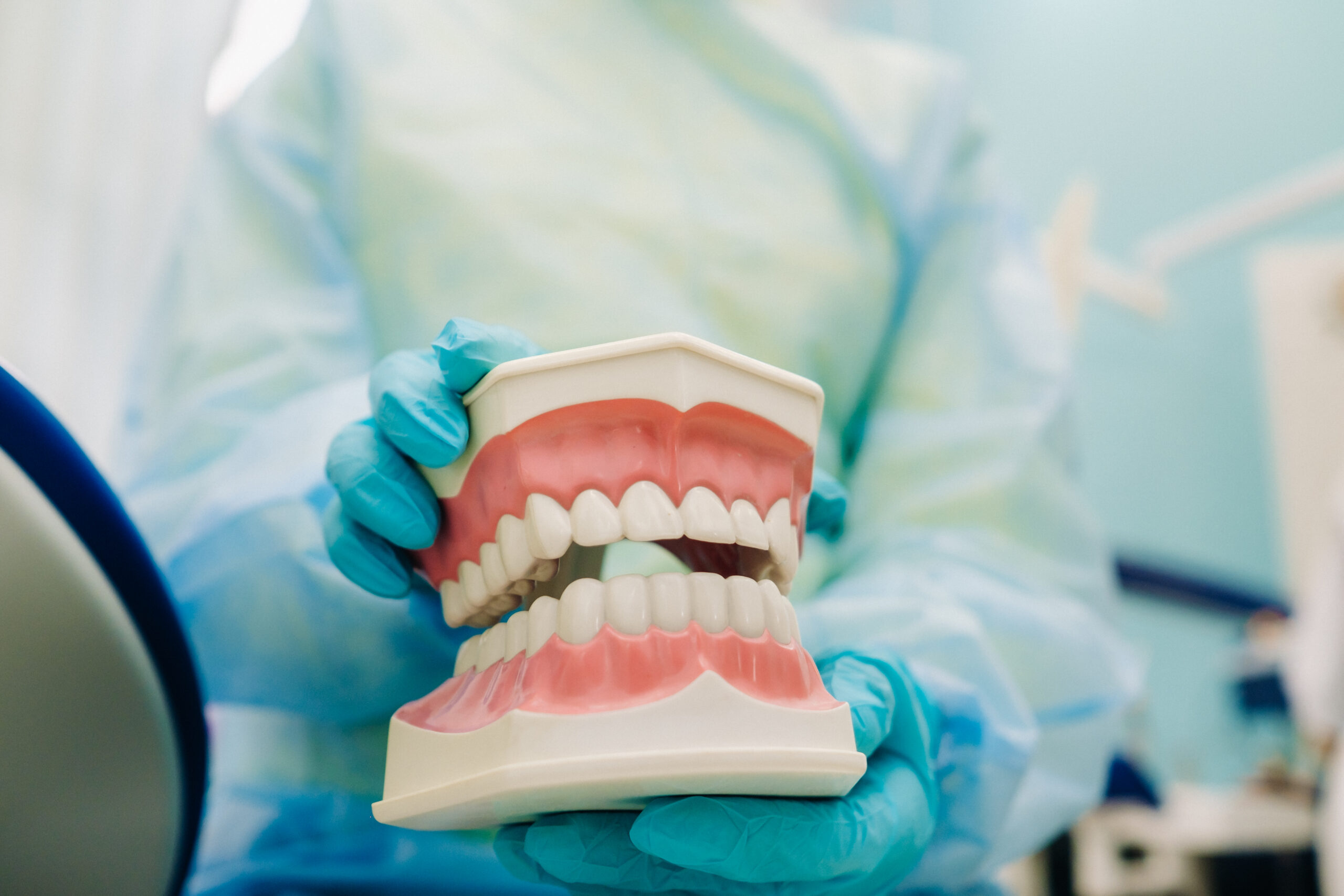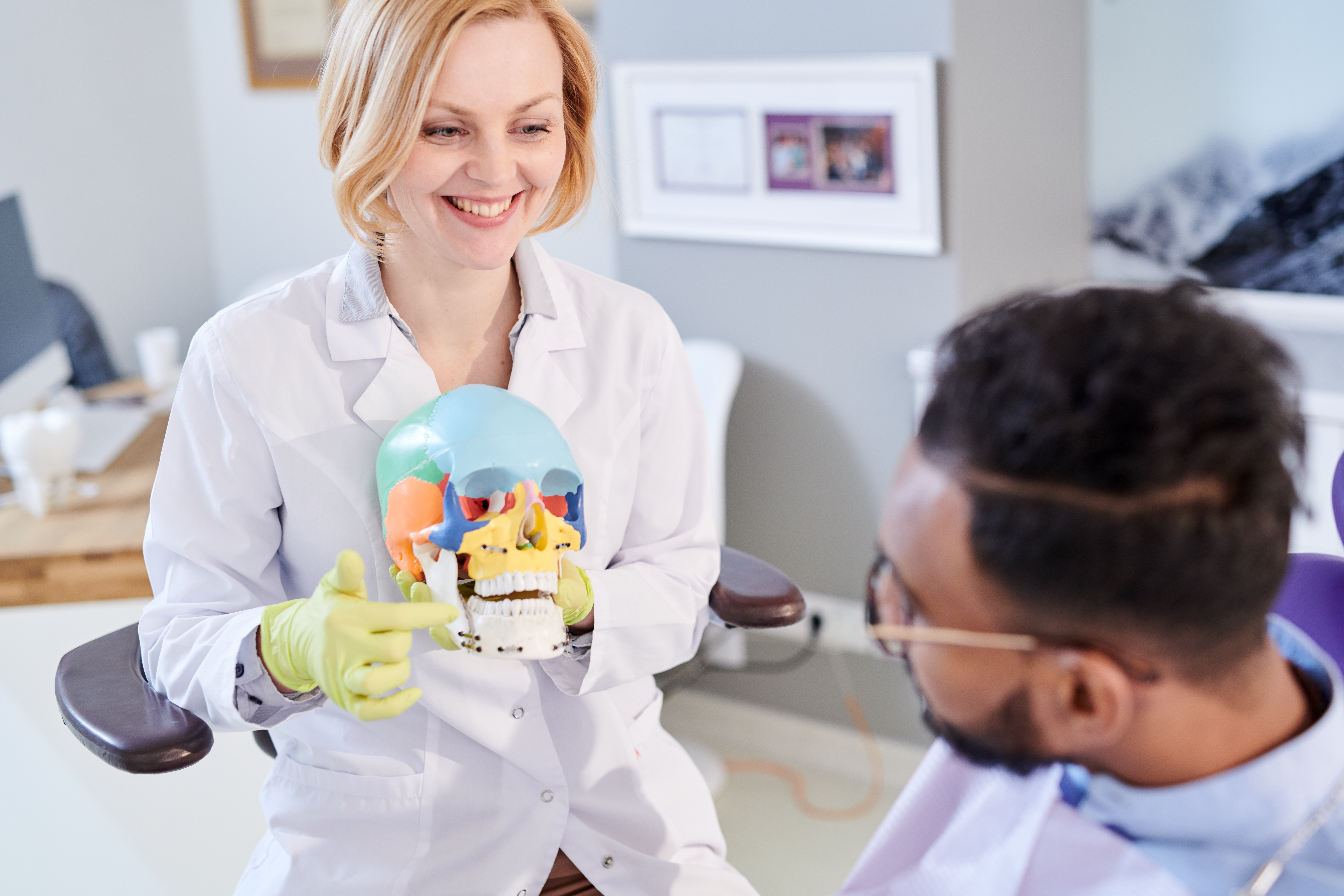Crafting Presentations for Other Dentists
By Gary M. DeWood, DDS, MS
Whether you’re presenting research findings at a conference or sharing case studies with colleagues, your job is to craft and practice a presentation that informs, engages, and inspires.
Key Strategies
- Know Your Audience and Tailor Your Message: Understanding your audience is fundamental to effective communication. Consider their level of expertise, interests, and expectations. Tailor content and delivery style accordingly. For instance, when presenting to fellow dentists, you can delve deeper into technical details and use industry-specific terminology. Dentists like dental jargon.
- Organize Your Presentation for Clarity: A well-structured presentation is easy to follow and more impactful. Consider using a clear outline that includes an introduction, body, and conclusion. Tell them what you’re going to tell them, tell them, and tell them what you told them. The introduction will briefly outline the main points of your presentation, while the body dives into the details. The conclusion will summarize the key takeaways and reinforce the message.
- Leverage Visual Aids Effectively: Visual aids can enhance your presentation and help your audience retain information. Use high-quality images, diagrams, charts, and videos to illustrate your points, being careful to avoid overwhelming your audience with too much visual clutter. Keep your slides clean and easy to take in, allowing your visuals to speak for themselves.
- Practice Makes Perfect: Rehearsal is essential for delivering a confident and engaging presentation. Practice your presentation aloud several times, paying attention to your pacing, tone, and body language. Consider recording yourself to identify areas for improvement, both audio and video. The more familiar you are with the content, the more comfortable and confident you will be when delivering that presentation.
- Engage Your Audience: A successful presentation is not a one-way street. Encourage audience participation by posing questions, inviting discussions when appropriate, and including interactive elements. This not only keeps your audience engaged but also provides you with valuable feedback and insights.
- Transparency: At the beginning of your presentation, disclose any financial relationships or conflicts of interest that may be relevant to your topic. This includes any payments, grants, or consulting fees received from companies that manufacture or sell products or services related to your presentation.
Incorporate Dental Case Images Effectively
- Choose high-quality images: Ensure images are clear, well-lit, and relevant to your topic.
- Cite Sources: If you’ve used information or images from other sources, clearly cite them in your presentation. This demonstrates respect for intellectual property and enhances the credibility of your work.
- Acknowledge Collaborators: If you’ve collaborated with colleagues or mentors on the research or case, acknowledge their contributions. This fosters a collaborative environment and recognizes the efforts of others.
- Use images selectively: Avoid overwhelming your audience with too many images.
- Provide context: Explain the relevance of each image and its connection to your narrative.
- Tell a story: Use images to create a compelling narrative and engage your audience.
- Maintain consistency: Use a consistent theme, typography, and color scheme throughout your slideshow.
- Consider animation: Use subtle animations to highlight key points or transitions but avoid excessive use. Audiences are distracted from the message when a lot of stuff is happening on your slides.
- Practice and seek feedback: Rehearse your presentation and ask for input from colleagues or mentors.
Consider Alternatives to Traditional Presentations
While presentations are a powerful tool for communication, they may not always be the most effective approach. Sometimes, a more informal conversation or a collaborative workshop can be more engaging and productive. Consider the goals of your communication and choose the format that best suits your needs and the needs of each audience.
Following these guidelines will help you create dental presentations that are informative, engaging, and impactful. Remember, the goal is not just to deliver information, but to inspire thought, discussion, and to foster a deeper consideration and understanding of your topic. It’s also possible to have a lot of fun being the “expert.” (That’s anyone from out of town who brings slides.)
Related Course
Crown Lengthening: How It Will Enhance Your Restorative Results
DATE: January 24 2025 @ 2:00 pm - January 24 2025 @ 4:00 pmLocation: Online
CE HOURS: 2
Course Description: Frustrated by a cusp fractured below the gingiva, or prepping too far sub-gingivally? This lecture will illustrate solutions to these every day dental problems. In this program clinicians…
Learn More>



















